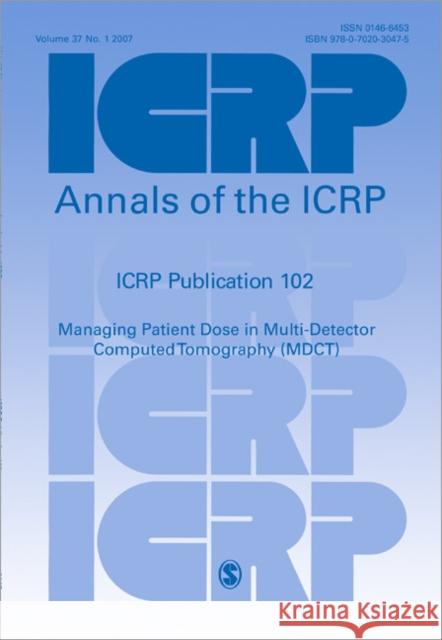ICRP Publication 102 : Managing Patient Dose in Multi-Detector Computed Tomography (MDCT) » książka
ICRP Publication 102 : Managing Patient Dose in Multi-Detector Computed Tomography (MDCT)
ISBN-13: 9780702030475 / Angielski
Computed tomography (CT) technology has changed considerably in recent years with the introduction of increasing numbers of multiple detector arrays. There are several parameters specific to multi-detector computed tomography (MDCT) scanners that increase or decrease patient dose systematically compared to older single detector computed tomography (SDCT) scanners.
This document briefly reviews the MDCT technology, radiation dose in MDCT, including differences from SDCT and factors that affect dose, radiation risks, and the responsibilities for patient dose management. The document recommends that users need to understand the relationship between patient dose and image quality and be aware that image quality in CT is often higher than that necessary for diagnostic confidence. Automatic exposure control (AEC) does not totally free the operator from selection of scan parameters, and awareness of individual systems is important. Scanning protocols cannot simply be transferred between scanners from different manufacturers and should be determined for each MDCT. If the image quality is appropriately specified by the user, and suited to the clinical task, there will be a reduction in patient dose for most patients. Understanding of some parameters is not intuitive and the selection of image quality parameter values in AEC systems is not straightforward. Examples of some clinical situations have been included to demonstrate dose management, e.g. CT examinations of the chest, the heart for coronary calcium quantification and non-invasive coronary angiography, colonography, the urinary tract, children, pregnant patients, trauma cases, and CT guided interventions. CT is increasingly being used to replace conventional x-ray studies and it is important that patient dose is given careful consideration, particularly with repeated or multiple examinations.











